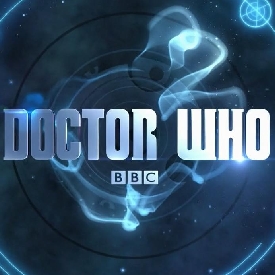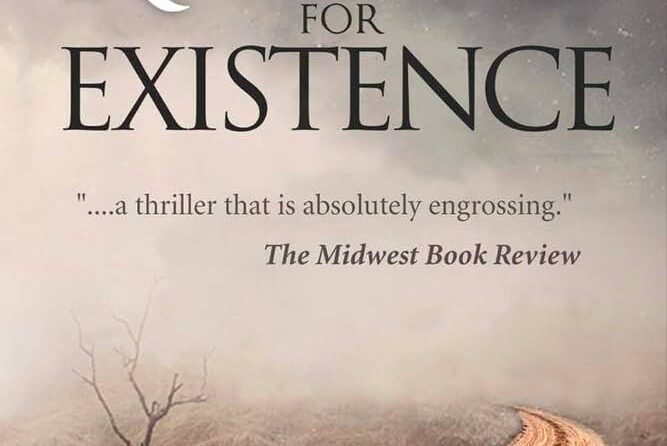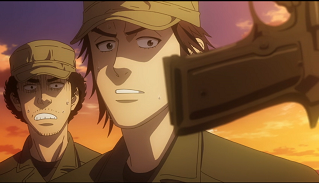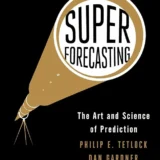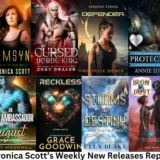Bob Bello is a 1983 Art School graduate and 1987 National Theater Academy postgraduate. As an independent writer/producer, Bello has created a number of sci-fi radio dramas and teleplays for young adults (PG-13). Most of his stories are now novelized as standalone episodes (some with sequels), and published as the Starcall anthology series.
=====================
Duncan Long for Amazing Stories: How did you become interested in illustration and art?
Bob Bello: In 1974 I found myself in an ER after an almost deadly accident (losing about one third of my blood through sliced arteries), which made me bedridden for half a year. I was 13 at the time and I became so heavily dyslexic from the shock that I could do nothing else but browse an old French comic book I found in my nightstand, until I started doodling its characters (Pif and Rahan).
Apparently, after I flatlined in ER, my brain rewired itself, so I could barely read or write a sentence. Then again, my imagination grew up so much that I started seeing incredible stories in my head, which I started drawing. I couldn’t even continue my normal education.
Luckily, a teacher blew appendicitis and landed up in the bed next to mine. After he saw me doodling, he encouraged me to apply for an acceptance exam in his art school. Little did I know that by the time I graduate art school I would be recommended to go for animation, instead. Long story short, there I studied screenwriting, 2D cel animation, film/video editing, music score composing, sound mixing, voice acting, etc. Finally, I became a writer/producer, instead of just an artist, and my dyslexia vanished, serving its bittersweet purpose. Funny how destiny takes a turn, sometimes, leading us into a path we’ve never imagined taking on our own.
AS: If you could create a piece of artwork just for fun and then be paid for it, what would you want to create?
BB: Now that I’m retired, I hope I could have all the time in the universe to pursue my childhood dream of creating my own comic book. I’m currently converting some of my screenplays and radio drama scripts into comic books, after I published them as a novelized anthology of short stories. I also love to paint “space art” just for fun, not so much for getting paid. The two often don’t go hand-in-hand, as we all know. Clients might ask you to draw or produce something that wasn’t in your heart so much or isn’t your brainchild at all. So, now I do both, paint the beauty of the cosmos in oils and acrylics and illustrate my old-time scripts from the 1980s, hoping to publish my first graphic novel. I’m 52, but the child in me never died in that hospital, never mind that they almost lost me a few times.
AS: Do you work digitally, with actual physical media, or a combination of both?
BB: I work traditionally, as we call it — the best of both worlds. Meaning, I might still sketch on paper (though now even traditional artists sketch on tablets to save on paper and art supplies), but then I’ll ink my illustrations in computer. Frankly, that also saves the rainforest, not only tons of money on paper, ink, canvas, paints, etc. Also, the digital media offers me 2-3 times greater speed, because of its UNDO, which is unavailable in the world of traditional art. I must also say that most publishers these days prefer digitally drawn art rather than photographed and scanned, simply because it comes print-ready, crisp-clean, sharp, and easy-to-correct / redo if they want to tweak it a bit. However, my digital art looks traditional because I draw in software as I would on paper on canvas, using natural bush emulation. I don’t want my work to look computer-generated. I want to look a bit impressionistic, unfinished, suggested — and leave the rest to the viewers and readers. So, yes, definitely the best of both worlds, or the golden middle.
AS: What do you consider your greatest achievement as an artist so far?
BB: My traditional paintings of space art, though some might disagree. The feeling of painting with oils on canvas is unique and unrepeatable. Each of them is so different and so new that I can compare it to “another life in another world.”No digital painting or illustration can give me that much pleasure, never mind that the product might look better to others. I’m talking about something close to spiritual experience when I paint on canvas. I don’t think I can describe it accurately with words. And that’s why we have art — to convey inexplicable feelings that no one else can see or feel otherwise.
AS: What was the greatest artistic disaster with which you were involved?
BB: My first solo art exhibition burned to ashes the night before the TV crew came to interview me, so I grew bitter and switched to writing for a long time. I lost all my artwork (not just the best pieces), but that’s what made me a writer/producer. Whether we like it or not, sometimes we must pay the price for something better and larger to come into our lives. Instead of blaming someone, I just grew up, or I should say, outgrew myself and my “smaller” expectations of my previous life.
AS: If you could pick one piece of artwork you created to represent your work, what would it be?
BB: My children — no kidding. This is probably the best artwork that ever came out of me, made with so much love — literally! If I had to pick painting it would be “A Million Moons,” an oil on canvas, 24×48 inches (2007).
AS: What are the two strangest pieces of art that you’ve created?
BB: In 1981, I painted a nun with blue eyes on a piece of mirror, staring at herself while crying for something from her past life. Her tear was made of superglue rolling down her pale cheek and it looked quite palpable, because it was actually embossed. The face was painted on canvas that I cut around and glued carefully on the mirror, but — the artwork was lost in that exhibition and I never recreated it. The other painting was an old, wrinkled woman staring out a small window. The windows’ frame, the glass, the curtain, and the house number screwed to the upper right corner were real. The window’s glass was cracked in the left lower corner and blocked from inside with a WWII paper. The article was sideways, but viewers could read that it was a report about the end of the war.
AS: What movies and publications have most influenced your work?
BB: Anything sci-fi and space-oriented (even documentaries like Carl Sagan’s Cosmos) have influenced me since childhood. Going through NDE (Near Death Experience) in the hospital at the age of 13 made me more than curious about the universe we live in without really knowing it. We’ve never been really seen it all; never combed it end to end; never been outside to know what’s there. All we have is telescopic space exploration and a few lunar landings.
I remember watching the British TV series Blake’s 7 with baited breath, while the teens my age wondered why some people are so gullible as to believe about life in space or the possibility of space colonization? Well, that’s me. Guilty as charged. Movies that influenced me most of all are: Star Wars, Star Trek, Stargate, Abyss, Independence Day, and the like. My favorite sci-fi writers are Michael Crichton (Jurassic Park, Sphere), Elizabeth Moon (Vatta’s War series), Robin Cook (Coma, Outbreak), David Feintuch (Midshipman’s Hope series), and last but not least William Shatner (The Ashes of Eden, Spectre), etc.
AS: What artists have influenced your work?
BB: Three giants have influenced my later art life: Robert McCall (with his real space exploration artwork made for NASA), John Berkey (with his epic sci-fi paintings), and John Harris (with his incredible SF book covers). Other than that, my all-time favorites are Michelangelo, Rembrandt, Vermeer, Van Gough and Modigliani. My favorite art style: Impressionism. It influences me until today, unstoppably.
AS: What equipment / process do you use for creating your artwork?
BB: I would paint with anything and on anything. At one point, I was so short of art supplies in my college years that I had to draw on carton box sheets with shoe wax and handmade charcoal; everyone thought I was just searching for a new “cubistic’ style” (ha). I have painted murals, chiseled statues from marble, drawn 2D cel animations on hand-cleaned X-Ray plaques, used Amiga 500 to create my first 2.5D animation, etc. Now I believe I can paint the Moon red (to the Russian’s happiness) and write on it with white letters Coca-Cola (for the American’s joy). I love any technique, any media, any style, except maybe Dadaism, which I can’t comprehend. Give me Van Gough any time!
AS: What question should I have asked, and how would you answer it?
BB: “Are you an alien?” Answer: I don’t know. Maybe I am, because what I paint is not of this world and not many can relate to it. One day a man asked me, “Why do you paint space art? There’s no life in it. It’s all but dead gasses and uninhabited planets.” I smiled and told him, “It depends who you ask and where you look for life.” In reality, I paint what I feel about it’s not the space itself, per se. I also paint what we can do in it, if we cross it (just as Columbus did the ocean in search for new land and new civilizations). If you want to read more about why I paint space and write sci-fi, read my articles and book excerpts at www.facebook.com/timeship/notes
AS: Do you have a website where readers could see more of your artwork?
BB: I have no time to maintain personal websites, but you may visit me on Facebook or just go to www.amazon.com/author/bobbello and let my work speak for itself.
AS: How can a reader contact you if he wants to hire you to create some artwork?
BB: Facebook.com/timeship is the best way to contact me and stay in touch.
A gallery of Bob Bello’s art. Clicking on an image will provide a full size view















